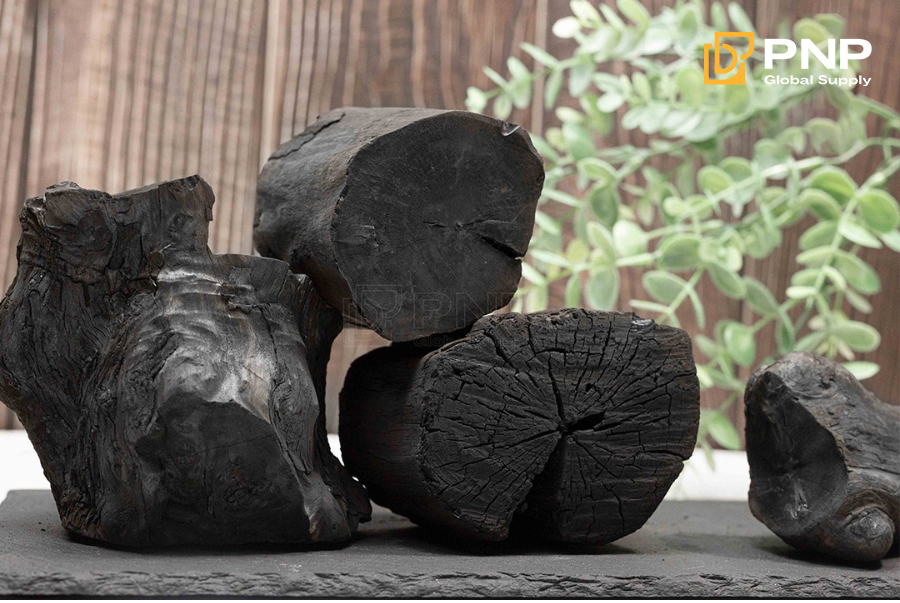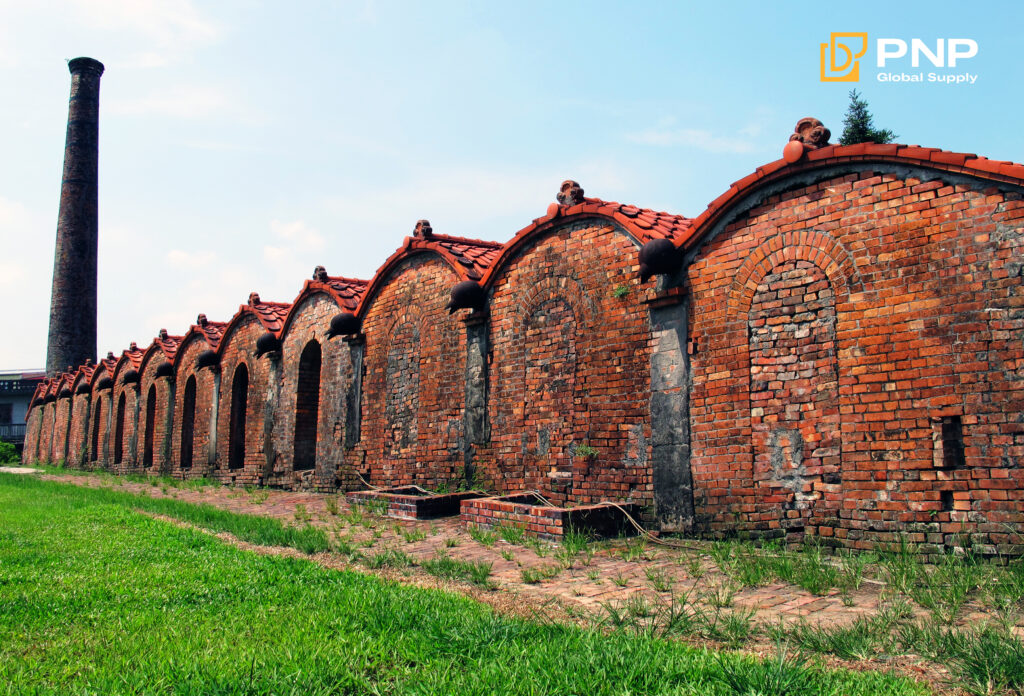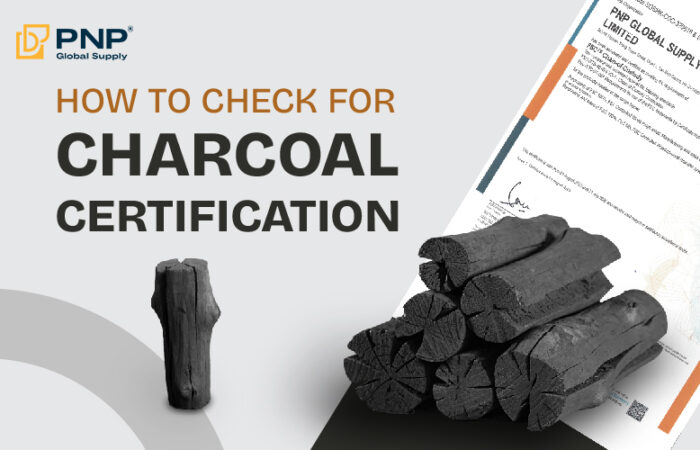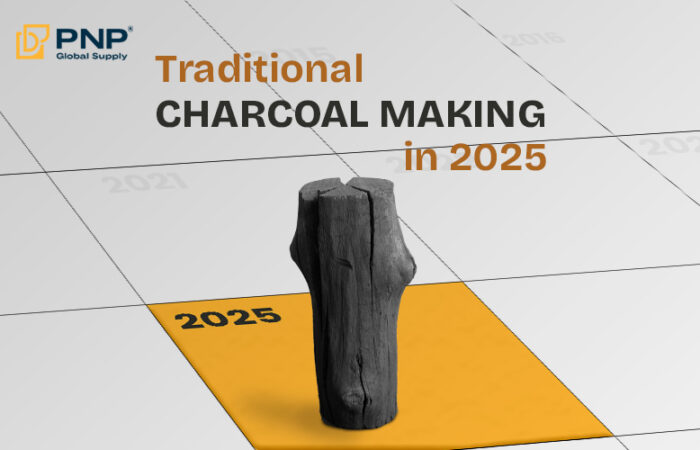Charcoal production has been an essential part of human development for centuries, playing a significant role in cooking, metallurgy, agriculture, and more recently, sustainable energy solutions. While it may seem like a straightforward process—burning wood to create fuel—the reality is far more complex. Various charcoal making methods exist today, ranging from traditional earth kilns to advanced retort systems. Each approach produces different charcoal types, each suited to specific applications.
In this article, we’ll explore the different types of charcoal production, compare traditional and modern charcoal methods, and examine how sustainability is shaping the future of the industry.

Understanding Charcoal Production
At its core, charcoal production involves the process of carbonization—heating organic materials, typically wood, in a low-oxygen environment to remove water and volatile compounds, leaving behind almost pure carbon. This process increases the energy density of the material, making charcoal an efficient fuel for various uses.
The methods used to produce charcoal significantly impact its final quality, burn time, smokiness, and environmental footprint. As demand for higher-quality and sustainable charcoal rises globally, it’s essential to understand the diverse techniques used to produce it.
Traditional Charcoal Methods: Earth and Pit Kilns
For centuries, communities around the world have relied on traditional charcoal methods that are simple, low-cost, and require minimal technology. Two common methods include the earth mound kiln and the pit kiln.
Earth Mound Kilns
In this method, logs are stacked in a conical shape and covered with layers of leaves, grass, and soil. A small fire is started at the base, and the kiln is sealed to allow slow, oxygen-limited burning. The process can take several days and requires constant monitoring.
- Pros: Low setup cost, suitable for rural areas.
- Cons: Inefficient, emits a lot of smoke and pollutants, low charcoal yield.

Pit Kilns
A variation of the mound kiln, pit kilns involve burying wood in a shallow pit and covering it with soil. It functions similarly to the earth method but is even harder to control in terms of airflow and temperature.
These charcoal methods remain in use in many parts of Africa, Asia, and Latin America, especially where resources for modern kilns are limited. However, they are slowly being phased out due to environmental concerns.
Modern Charcoal Making Methods
As environmental regulations tighten and the demand for premium charcoal increases, more efficient and eco-friendly charcoal making methods have emerged. These include brick kilns, metal kilns, and retort systems.
Brick Kilns
These are permanent structures made from fire-resistant bricks. Wood is loaded inside the kiln, which can be sealed tightly to control airflow. Brick kilns allow better control of the carbonization process, resulting in more consistent charcoal quality.
- Pros: Higher efficiency than traditional methods, better control over burn rate and temperature.
- Cons: Initial construction cost, limited mobility.
Metal Kilns (Drum Kilns)
Often made from recycled oil drums or steel tanks, these kilns are mobile, affordable, and easier to control than earth kilns. They are widely used by small-scale producers and are a great step toward more efficient charcoal production.
- Pros: Portable, faster carbonization, reduced emissions.
- Cons: Limited batch size, metal may degrade over time.
Retort Kilns
Retort systems represent the most advanced charcoal production technology available. These closed systems recycle the gases produced during carbonization to fuel the process itself, making them highly efficient and low in emissions.
- Pros: Maximum energy efficiency, high yield, minimal environmental impact.
- Cons: High initial investment, requires technical knowledge.

Classification of Charcoal Types
Different charcoal types are produced depending on the raw material and method used. Each type has unique characteristics suited to particular applications.
- Black Charcoal: Produced through traditional and modern slow-burn techniques; commonly used for grilling and household fuel.
- White Charcoal (Binchotan): Made using a special high-temperature technique, resulting in dense, long-burning charcoal with minimal smoke; ideal for high-end BBQ.
- Coconut Shell Charcoal: A by-product of coconut processing, known for being eco-friendly and odorless; used for grilling and industrial applications.
- Sawdust Charcoal (Briquettes): Made by compressing sawdust or biomass with binders; consistent in size and burn rate.
Understanding these charcoal types helps producers choose the right method and raw material for their market needs.
Learn more about the performance of different types of charcoal
The Rise of Sustainable Charcoal Production
One of the most critical trends in the industry today is the push toward sustainable charcoal practices. Traditional methods are increasingly criticized for their contribution to deforestation and greenhouse gas emissions.
Sustainable Raw Materials
Producers are turning to agricultural by-products like coconut shells, coffee husks, and sawdust—materials that would otherwise go to waste. This not only reduces pressure on forests but also adds value to agricultural supply chains.
Clean Technologies
Modern kilns such as retort systems significantly reduce emissions by capturing and reusing volatile gases. Some systems even produce bio-oil and syngas as additional energy sources, making them attractive in the renewable energy sector.
Certification and Traceability
International standards and certification programs like FSC (Forest Stewardship Council) and carbon offset credits are encouraging producers to adopt more sustainable practices.
Sustainable charcoal isn’t just a buzzword—it’s becoming a market requirement, especially for exports to regions like the EU, which are pushing for carbon-neutral supply chains.
Choosing the Right Charcoal Making Method
Selecting the appropriate production method depends on several factors:
- Scale of Production: Small-scale producers may benefit from metal kilns, while large commercial operations can invest in retort systems.
- Target Market: If you’re producing for high-end grilling markets, methods that yield dense, high-carbon charcoal (like white charcoal) are preferable.
- Budget and Resources: Traditional methods are affordable but damaging; modern kilns offer better efficiency with a higher upfront cost.
- Environmental Goals: To meet sustainability standards, producers should consider methods that reduce emissions and use renewable feedstocks.
Balancing these elements is essential for a profitable and responsible charcoal production operation.
Conclusion
From simple earth kilns to sophisticated retort technologies, charcoal production has evolved significantly. Each method offers unique advantages and challenges depending on the goals of the producer. As global demand for cleaner energy and environmental accountability increases, adopting sustainable charcoal practices will no longer be optional but necessary.
Whether you’re a small-scale producer, exporter, or eco-conscious entrepreneur, understanding the different charcoal making methods and charcoal types will help you make informed decisions. The future lies in clean technology, responsible sourcing, and sustainable growth.
________________________________
Contact us for more information
Facebook: PNP Charcoal
Instagram: PNP Charcoal
Email: info@pnpglobalsupply.com




